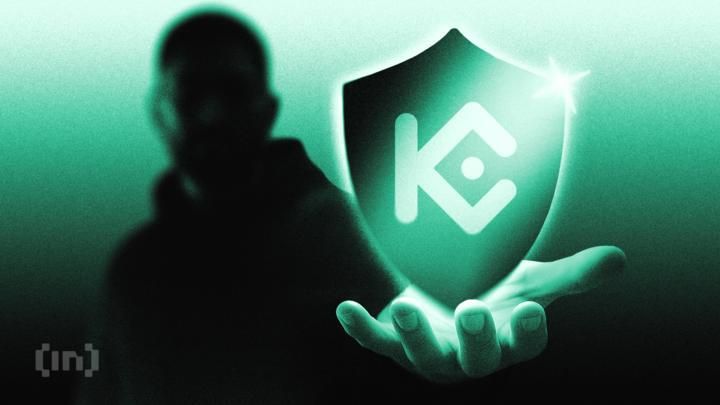Chainalies reported that over $2.17 billion of digital assets were stolen in the first half of 2025, approximately 69% of which was related to incidents on centralized exchanges. After years of incidents like this, the industry has learned the hard way that you can’t express trust, but you have to prove it.
As regulatory oversight increases and institutional investors demand transparency, exchanges are beginning to adopt verifiable security models. This transition marks a move away from the era of “trust us” and toward a framework that allows controls, reserves, and risk systems to be independently tested, audited, and verified.
KuCoin shows how exchanges are translating regulatory pressure into a measurable security framework.
KuCoin certification turns transparency into evidence
KuCoin has strengthened every layer of its security and transparency framework. Reflecting its commitment to verifiable user protection and long-term accountability, the company has rebuilt its core systems, redesigned its wallet architecture, and integrated third-party auditing across all operations. Its approach highlights how major exchanges will evolve as “provable transparency” becomes the new competitive standard.
At TOKEN2049 Dubai earlier this year, KuCoin CEO BC Wong suggested that the industry is entering a new phase where it is no longer enough for exchanges to launch quickly and adjust later. He emphasized that exchanges have become an essential financial infrastructure. It is important to work with regulators from the beginning and build trust across users and the financial ecosystem.
His comments reinforced the direction KuCoin was already pursuing. The company has spent the past five years overhauling its security architecture, wallet infrastructure, and risk management systems through a $2 billion trust project. This effort was designed to turn transparency into an engineering principle rather than a marketing claim.
As part of that effort, KuCoin sought independent verification to demonstrate that its controls, processes, and data protection framework meet international standards. Each certification targets a different tier of trust.
KuCoin currently has four major international certifications. This combination is currently unmatched by any other major exchange.
CCSS (Cryptocurrency Security Standard) — A cryptocurrency-specific framework that validates how private keys are generated, stored, and managed. KuCoin is the first top exchange to receive this certification. SOC 2 Type II — Ensure operational and security controls work effectively over time, not just one audit day. ISO 27001:2022 — A global benchmark for information security management, validating KuCoin’s systematic approach to risk assessment and incident response. ISO 27701:2025 — extends ISO 27001 to cover privacy and protection of personally identifiable information (PII) through a formal privacy information management system.
KuCoin’s validation journey didn’t stop at certification. The exchange also received a AAA rating and a perfect 100/100 security score on CER.live, ranking it #2 in the world. Its infrastructure received top scores for server security, penetration testing, and bug bounty performance.
The platform regularly conducts Proof of Margin (PoR) audits to demonstrate over 100% collateral. These audits are supported by self-audits and independent verification from Hacken. The results are made public and users can confirm that the assets stored match the total supply circulating on-chain.
In addition to audits and assessments, the company publishes monthly security reports detailing upgrades, risk assessments, and incident response. These reports extend transparency from a one-off exercise to an ongoing process. Users can see the data directly instead of relying on claims.
These disclosures form part of KuCoin’s “trust by design” strategy, which replaces marketing promises with measurable evidence.
How KuCoin’s team built a culture of security
Building and maintaining a multi-layered security framework requires more than a technical design. Requires coordination between engineering, compliance, and risk management teams operating under sustained pressure.
According to KuCoin’s internal disclosures, it currently has more than 1,000 employees in engineering and technical roles, supported by a 20-person research and compliance department that specializes in proof-of-reserve and transparency systems. CEO BC Wong emphasized that these efforts are not temporary solutions, but part of a long-term discipline to align technology, operations, and regulatory responses.
This structure combines technology and responsibility. All teams are responsible for maintaining the same standards verified by auditors. KuCoin’s process turns what is often a one-time compliance exercise into an ongoing operational routine.
Toward a verified future for virtual currency exchanges
The next phase of cryptocurrencies will favor institutions that can prove their safety through data, audits, and continued transparency. KuCoin’s framework shows what that standard really is. Exchanges are no longer defined solely by liquidity and trading volume. They are increasingly judged by the quality of their security architecture, their willingness to open their systems to external review, and the consistency of their reporting results.
As the industry expands, so do the scale of security expectations. For KuCoin, this reality defines the simple principle that security is a continuous process, not a destination.


